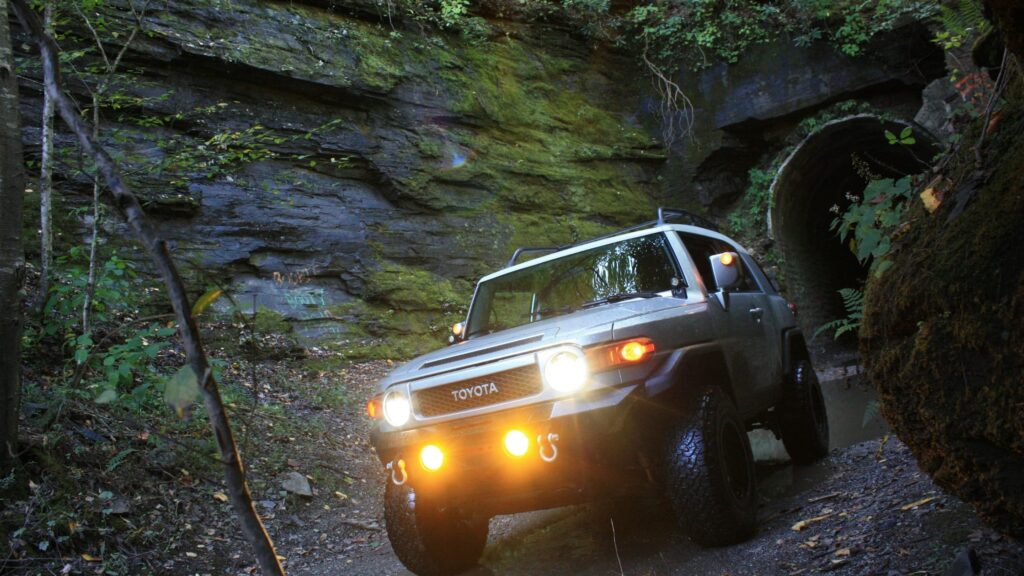Navigating off-road recovery situations demands both caution and expertise, especially when employing a winch to free your vehicle from challenging scenarios. Whether you find yourself in need of self-recovery or assisting another vehicle, a winch is an invaluable tool for such endeavors. However, it's crucial to acknowledge the potential dangers associated with winch operation, emphasizing the importance of adhering to safety guidelines. In this guide, we provide essential tips for the secure use of a winch during off-road recoveries.

There are two primary winching scenarios:
- Self-Recovery:
- In this situation, the vehicle with the winch is responsible for pulling itself.
- An external anchor point is crucial for the winch's hook to function effectively.
- Recovering Another Vehicle:
- The winch is employed to move a second vehicle.
- The winch-equipped vehicle serves as the anchor point.
Recovery Safety Tips:
- Wear Protective Gloves:
- Always wear durable recovery gloves to shield your hands from friction burns and stray fiber tears.
- Create a Comprehensive Game Plan:
- Before initiating the recovery process, map out your line, choose a solid recovery point, and lay out all necessary recovery gear.
- Seek a second opinion and an extra pair of hands, regardless of your experience level.
- Proper Winch Cable Spooling:
- Ensure the winch cable is evenly spread across the drum, avoiding overlap for safer and more effective winching.
- Maintain a Safe Distance:
- Operate the winch from a safe distance, and never climb across the winch line, especially under tension.
- Attach Winch Hook Securely:
- When attaching the winch hook, ensure there are at least five wraps of cable around the drum.
- If winching yourself out, secure the hook to a sturdy point, using a tree or rock if available.
- Use a Dampener:
- Hang a dampener over the winch cable to reduce the risk of injury if the cable breaks under extreme load.
- Monitor Vehicle Power Levels:
- Keep an eye on your vehicle's power levels, as winching may cause a rise in RPM and flickering lights.
- Adjust idle RPM if necessary, especially during extended winching sessions.
- Pull Straight:
- Opt for straight-line pulls to minimize stress on the cable, winch, and other components.
Now equipped with the knowledge of proper winch usage, it's time to secure your own! Alaska Trailer installs winches— call us today at (907) 929-4285 to get yours setup. Safe travels!
